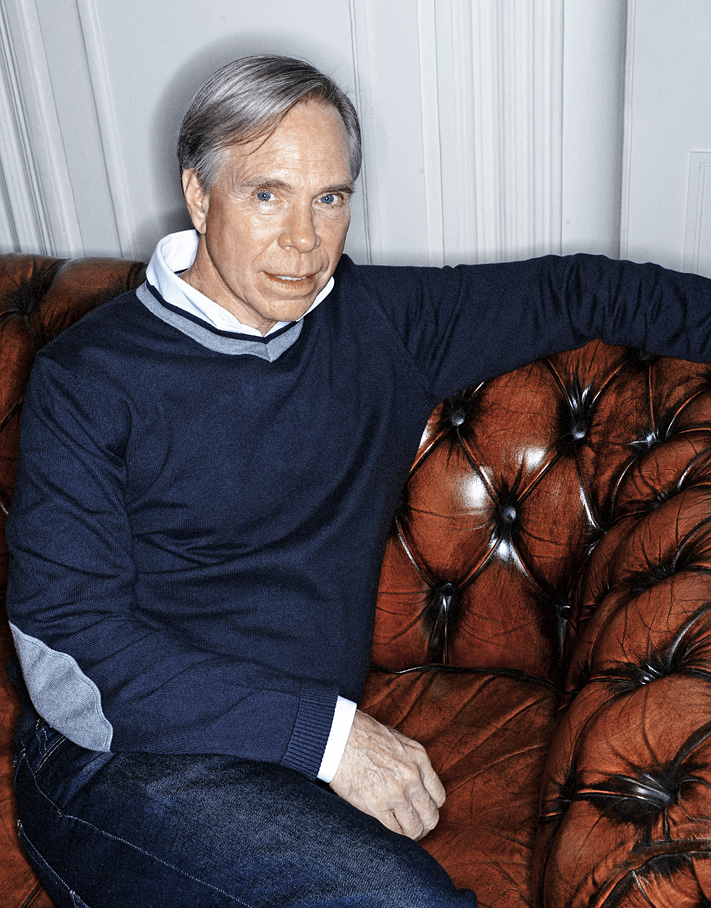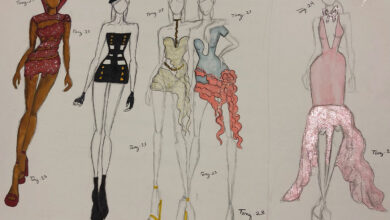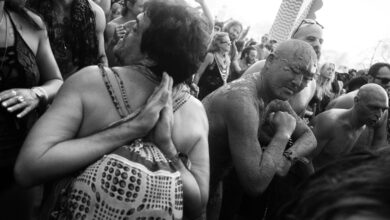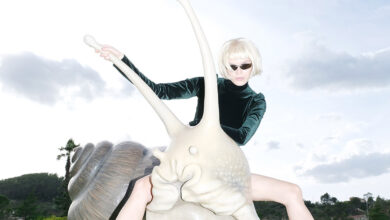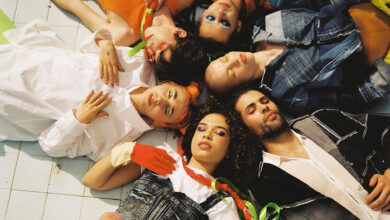Tommy Hilfiger on clothing, art – and the American dream. Zoot meets the prolific US fashion designer.
Tommy Hilfiger, a relaxed man with a movie star smile, is lounging on a vintage leather sofa in his brand’s Lisbon showroom. The fashion designer is in the Portuguese capital for the opening of his new flagship store at the Columbo centre, and is looking pleased with all the attention he is receiving. As ZOOT meets him in Principe Real, Hilfiger is celebrating 25 years of the brand – and seems determined to take over the world.
Hilfiger’s spring/summer collection is as all-American as he is; nautical motifs and cheeky preppiness prevail. “I like short,” he says. “Short shorts, short skirts. The new collection is country club with a twist.” This is what the mogul had made famous in the 1970s – taking on the American classics and creating American cool, always with that twist. “The next autumn/winter is all about the old Ivy League – you know, universities like Harvard and Yale. Crests on collared jackets, straight lines, but quirky. Fun.”
So how does he keep the classics fresh after 25 years? “By changing the details,” is the logical reply. “The clothes need to evolve and adapt to the times. Right now the trousers are slim cut, but maybe in three or four years’ time they will get big again.” For now, his updated clothing is perfect for the sales floor, but he also has a renewed commitment to longevity – a smart move given the retail climate. “I want my clothes to be durable,” he says. “I want people to own them for a long time.”
Although you couldn’t find a more American designer than Hilfiger, he understands the changing times, and is careful to align his business goals to the universal. “The American dream doesn’t exist anymore,” he says. “The American dream used to mean coming from nothing, and making it into something. We are now in a global village, so it is now a global dream.” The brand’s trademark tri-colour, which has matched the US stars and stripes since its inception, now goes beyond the omnipresent logo-bearing of the 1990s – the decade that provided his commercial heyday. Hilfiger clothing now is much more discreet – though still paying strong homage to red, white and blue – the jeans fuss-free, the shirts and dresses evoking a folkish simplicity. There is an edge that has surprised those in the fashion world who had written off the brand’s overexposure.
“Minimalist is a dangerous word,” he says. “If clothing is too minimalist then people will think it costs too much for what it is. I prefer my clothes simple, but with distinct details, for example this jacket, with vertical blue and white stripes. These jeans have the stripes inside on the band – not too noticeable, but still stylish.” The designer insists that his clothing is for people – like the Portuguese, though he could have said any European country – who want tasteful ready-to-wear at an affordable price. Affordable is a word he is comfortable using.
After the shop talk, Hilfiger comes out with a surprising statement. “I don’t understand people who believe that fashion is everything. It isn’t. If you just look around you, with this economy, you’ll see that it isn’t. Fashion and style aren’t interchangeable – you can be stylish without buying a new wardrobe each season. You can buy one piece, and wear it with vintage, wear it with a well-made jacket. That’s style. Fashion itself is fleeting.”
Outside of fashion, Hilfiger is known as a big fan of music; prolific American rock bands and artists wear his clothes, and he in turn gets them to play at his show after-parties. But talk to him about his dream collaborations, and he doesn’t reveal his inner rock-star fantasies. “The people I would dream of working with are dead,” he laughs. He cites graffiti artist turned neo-expressionist icon Jean-Michel Basquiat and New York street artist Keith Haring. “I would want to work with the great artists. Picasso, too.”
As for what’s next, Tommy Hilfiger is ambitious, as always. “We are talking about making furniture next year,” he says. I imagine battered wood that would suit a ranch, leather and discreet cowhide – all, of course, with that ever-present American twist.
Text by Syma Tariq
Photo by Thomas Probosch

